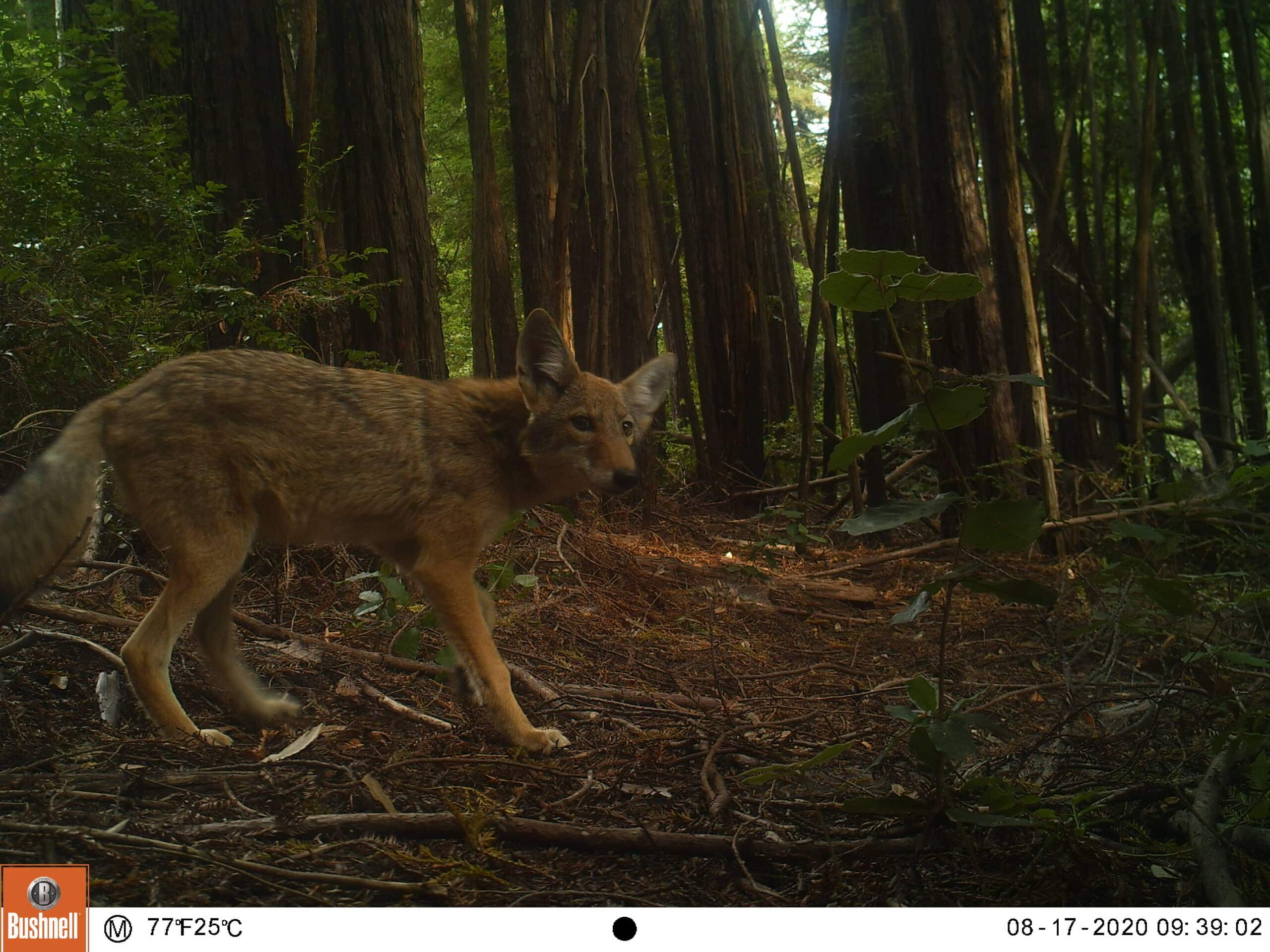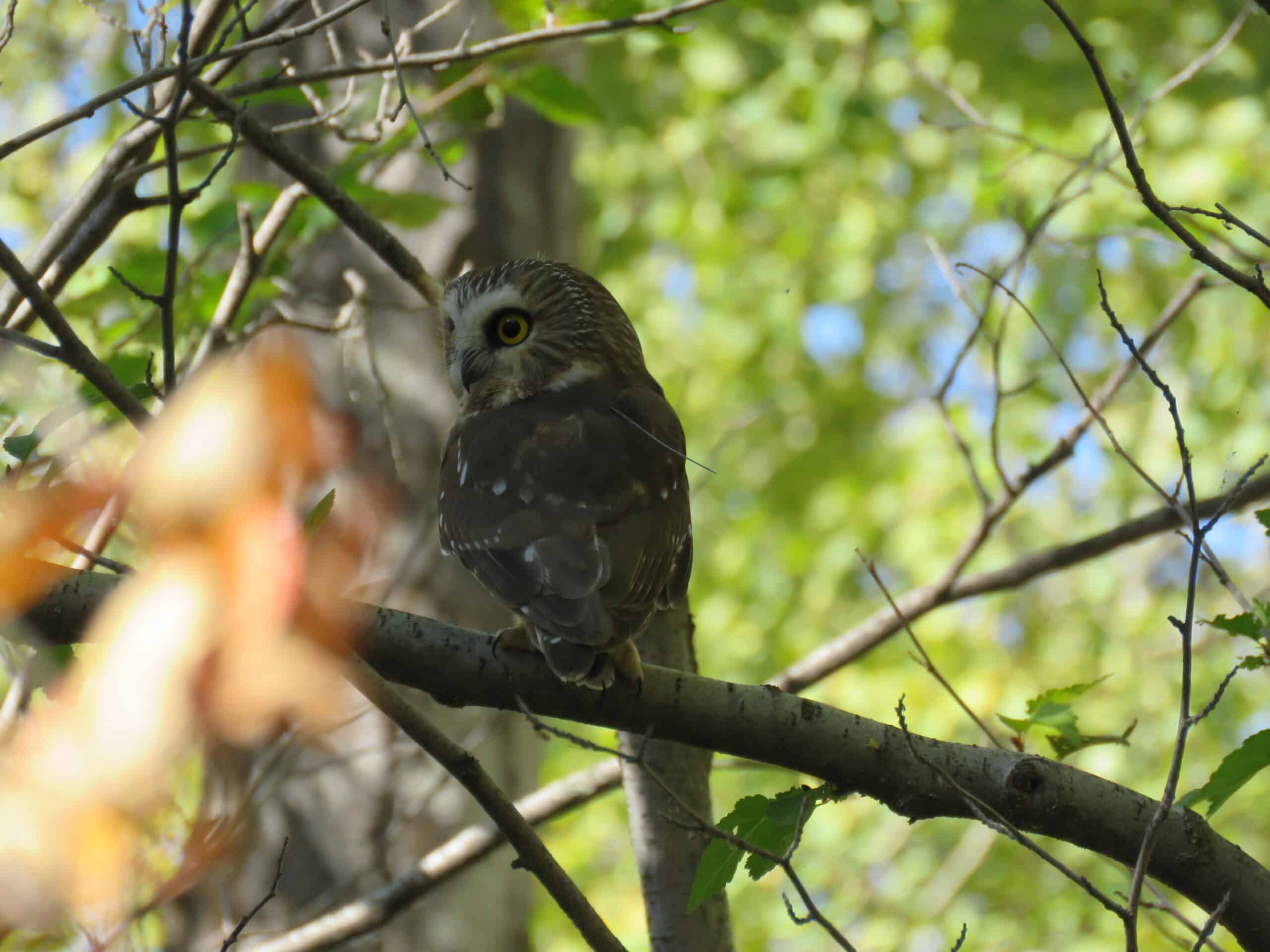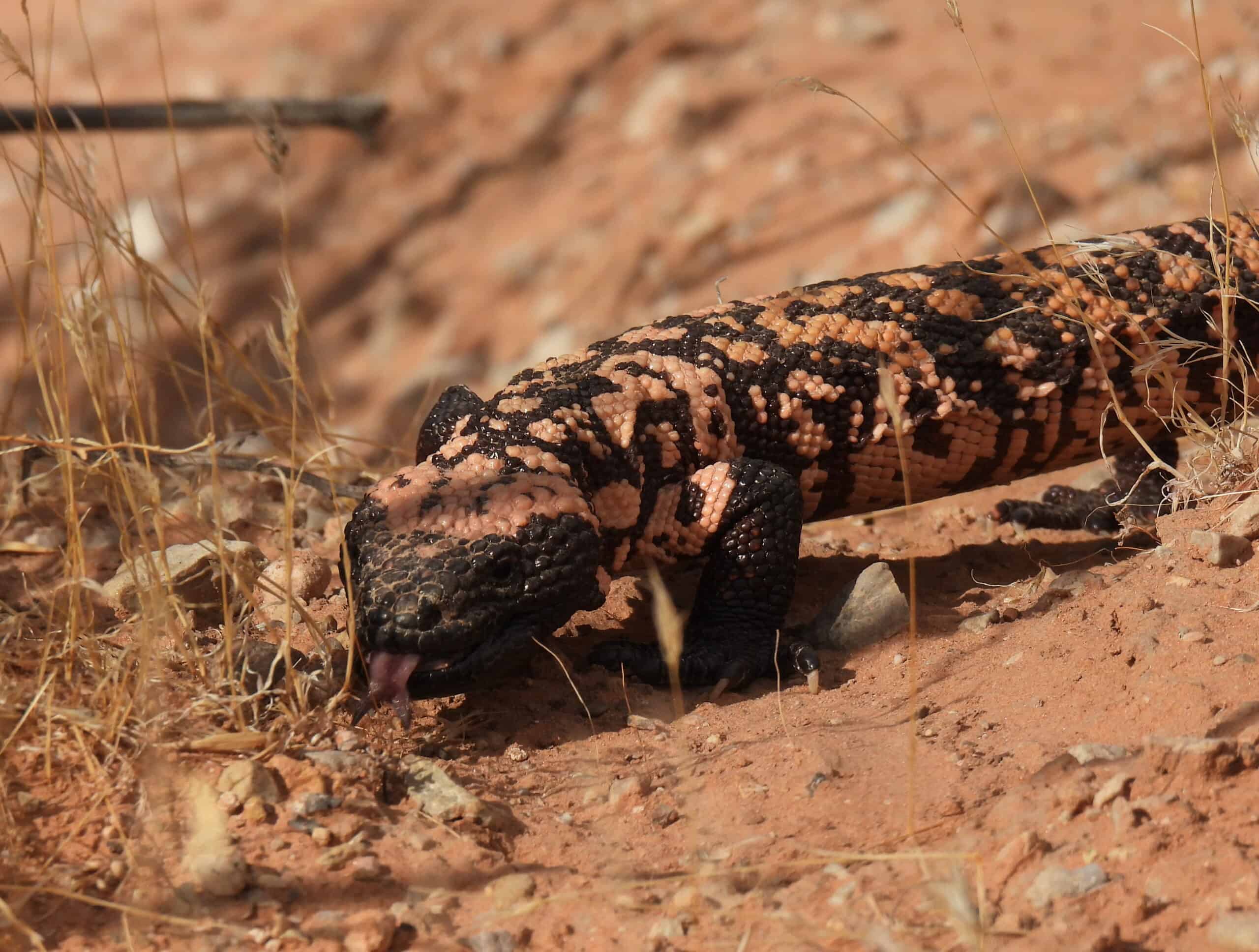Share this article
JWM: Coyotes don’t reduce deer populations
As coyotes (Canis latrans) expand their range and increase their population sizes across the eastern United States, white-tailed deer (Odocoileus virginianus) populations are not impacted, according to new research.
“I hear lots of people arguing about coyotes impacting deer populations,” said TWS member Roland Kays, a professor at North Carolina State University and head of the lab at the North Carolina Museum of Natural Sciences. “If you look broadly at the trends we see in deer populations, they’re generally going up. And coyotes have recently colonized. It struck me that it seemed like people had this intuition, but if coyotes have such an impact on deer, why do we have so many deer?”
Kays co-authored the study published in the Journal of Wildlife Management that set out to unpack this contradiction. The study was led by postdoctoral researcher Eugenia Bragina.
The team evaluated deer harvest numbers from 1980 to 2017 in 384 counties of six eastern states. They used trapping data for coyotes and found their numbers appear to be growing throughout the region. “We didn’t find any kind of consistent crash in coyotes,” he said.
Yet despite their growing numbers, the team found no indication that they are bringing down deer numbers.
“There have been studies that show coyotes can have an impact, but in terms of having an impact on a large scale across the entire continent, we didn’t find any evidence,” he said.
It may be that coyotes haven’t reached their carrying capacity yet, so impacts may be seen in coming years, Kays said, but because of their small size, it’s unlikely they would ever be a major deer predator. “We don’t think they will,” he said.
As a result, Kays said, reducing coyote numbers to increase deer won’t help, and it could create further problems if their social structure is interrupted. Remove a dominant coyote from an area, and it’s likely that more coyotes will swarm in and jockey for position, he said.
While his paper looked at large-scale trends, Kays said it is likely that in some places where deer populations are already low, coyote control could have an impact on deer populations.
The next step will be looking at what happens when coyotes hit carrying capacity and looking more in depth at differences in states. “It will be interesting to look at white-tailed deer, which are smaller in Florida than Maine,” he said. “How vulnerable are they to coyotes?”
TWS members can log in to read this paper in the Journal of Wildlife Management.
Header Image: A coyote captured on a camera trap preys on a deer fawn. ©Dr. Aimee P. Rockhill (Western Carolina University) and Christopher S. DePerno (North Carolina State University)








